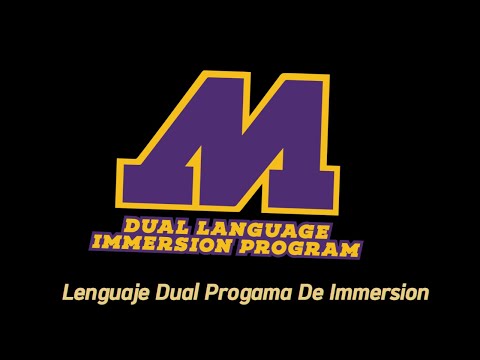MUSCATINE, Iowa–Though the school year may have just a few days left in it, Susan Clark Junior High School eighth graders in one of Pam Joslyn’s science classes hope they have started a project that will benefit their school, district, and community for years into the future. Using $3,000 received from a Grants in Place Fellowship from the Rural Schools Collaborative, the students started a food waste collection program that will convert uneaten food into an energy source at the Muscatine Organics Recycling Center, or MORC.
In selecting a project to use the grant money for, Joslyn wanted something that would allow students to address a real community issue and use science to get results. “The whole goal of the project was to get them involved in the community, increase student learning, and increase science literacy,” she outlined. Joslyn worked with Jeremy Pickard and Julie Plummer at Muscatine Community College to select the project and with Muscatine Water and Resource Recovery Facility Director Jon Koch to learn more about the MORC and to coordinate bringing food waste to it.
Initially, students toured the MORC to learn how it could separate food waste from packaging and use it to power anaerobic digesters that convert it into natural gas. Currently, the gas runs the boiler to keep the digesters warm but can also get sold into the natural gas pipeline for other applications, such as home heating.
Then, each student received a bin to collect food waste in at home and measure on a weekly basis. This project allowed students to observe how much food waste people make in a typical week and what challenges come with making new habits.
They then used what they had learned about implementing food waste collection in their own homes to start designing a program for their school. Students collaborated with Joslyn to film a public service announcement about how collecting food waste can allow the MORC to create energy and how students can contribute to this cause by separating their food waste from their trash each day at lunch.
In April, students put their food waste collection program into action, adding food waste buckets to the cafeteria and helping direct their classmates on how to divide their waste correctly. After lunch, the waste collected in the buckets gets taken out to a special food waste dumpster for the MORC. Since the program has gotten up and running, students have collected 316 pounds of food waste, enough to generate 632,000 BTU, or enough heat to keep a medium-sized house warm for seven hours. As students in both seventh and eighth grade get better at separating out their food waste, the amount of food collected each week will likely increase.
With the food waste collection program off to a positive start, Joslyn hopes to continue it next year with another class of eighth grade students. She also would like to see other schools in the district implement it as well, giving their students additional hands on science opportunities and the power to make their community a better place. “Yes, I would like to carry it over to next year,” she said. “I think they’ve gained a lot from it.”



















